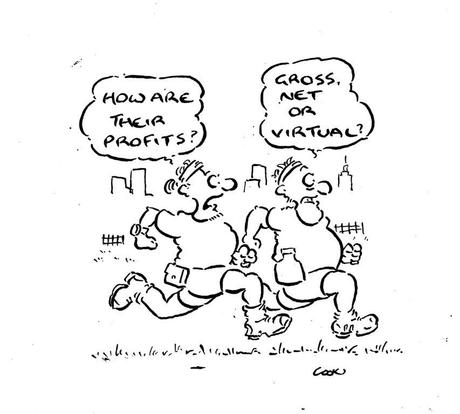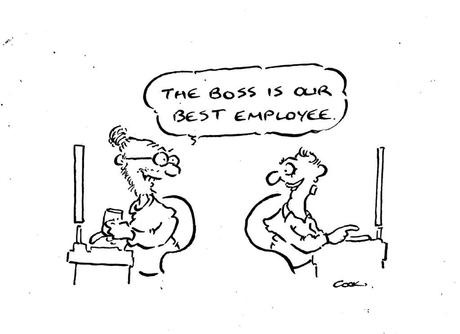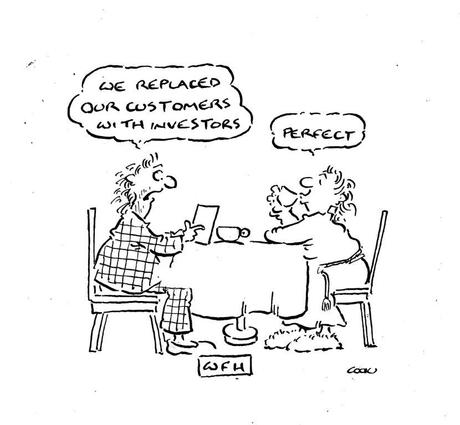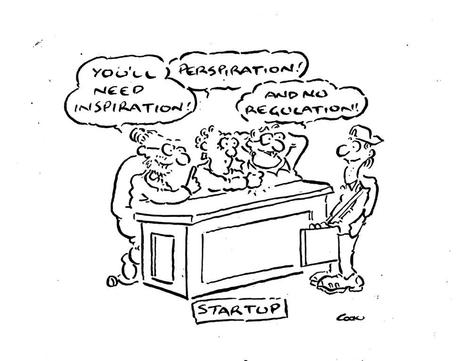 Teachings of a Two-Tier Stockmarket
Teachings of a Two-Tier Stockmarket
The valuations attributed to the so-called FAANGs (FB, Amazon, Apple, Netflix and Google) are hard to explain in old language. Their share price performance leaves traditional yardsticks behind. Take Price to Book value (P/B), which measures the worth of their assets compared to their share price. At best, most have only modest book value.
Even more so for their Price Earnings Ratios (P/E) — that’s earnings as a percentage of share price. These firms trade way above historic benchmarks.

There’s no shortage of explanations. One is a belief in future profitability. Afterpay, an Australian startup, hasn’t had a P/E for the last four years because it hasn’t had any earnings. That’s expected to happen next year. Even then, it is currently trading at 1,200 times that forecast number.
There’s also demographics. The speed of the technology rollout has garnered more support from digital natives, to the extent that other great performers include so-called Robin Hood stockbrokers — which focus on younger, smaller investors who are more comfortable with new tech.
Technology itself is a driver, as is Covid, which has dramatically accelerated business in online shopping and virtual workplaces. Traditional assessments also underestimate intangibles — that’s the stuff it’s hard to put a price on, like reputation, goodwill and potential.
What can we learn?

But it’s not just about customer numbers. Acquiring more of them might be an obvious goal but it is only the beginning. Retaining them, dealing with them in larger transactions and doing so more frequently is a key to growing the value of any business. Doing so means looking at your customers less from your point of view and more from theirs.

As most FAANGs have shown, value can be heavily influenced by the potential of your customer base rather than your current revenue numbers. Historic accounting principles, demands for quarterly earnings growth and traditional yardsticks may still have a place in assessing performance, but by focussing on short term rather than long term, they curb strategies which build future revenues, and ultimately, value.
As the two-tier stock market makes clear, the runway you build can create more value than the flight you take. Whether that value is sustainable is different question. It will depend on how high you eventually fly, or, for that matter, whether you remain airborne.

